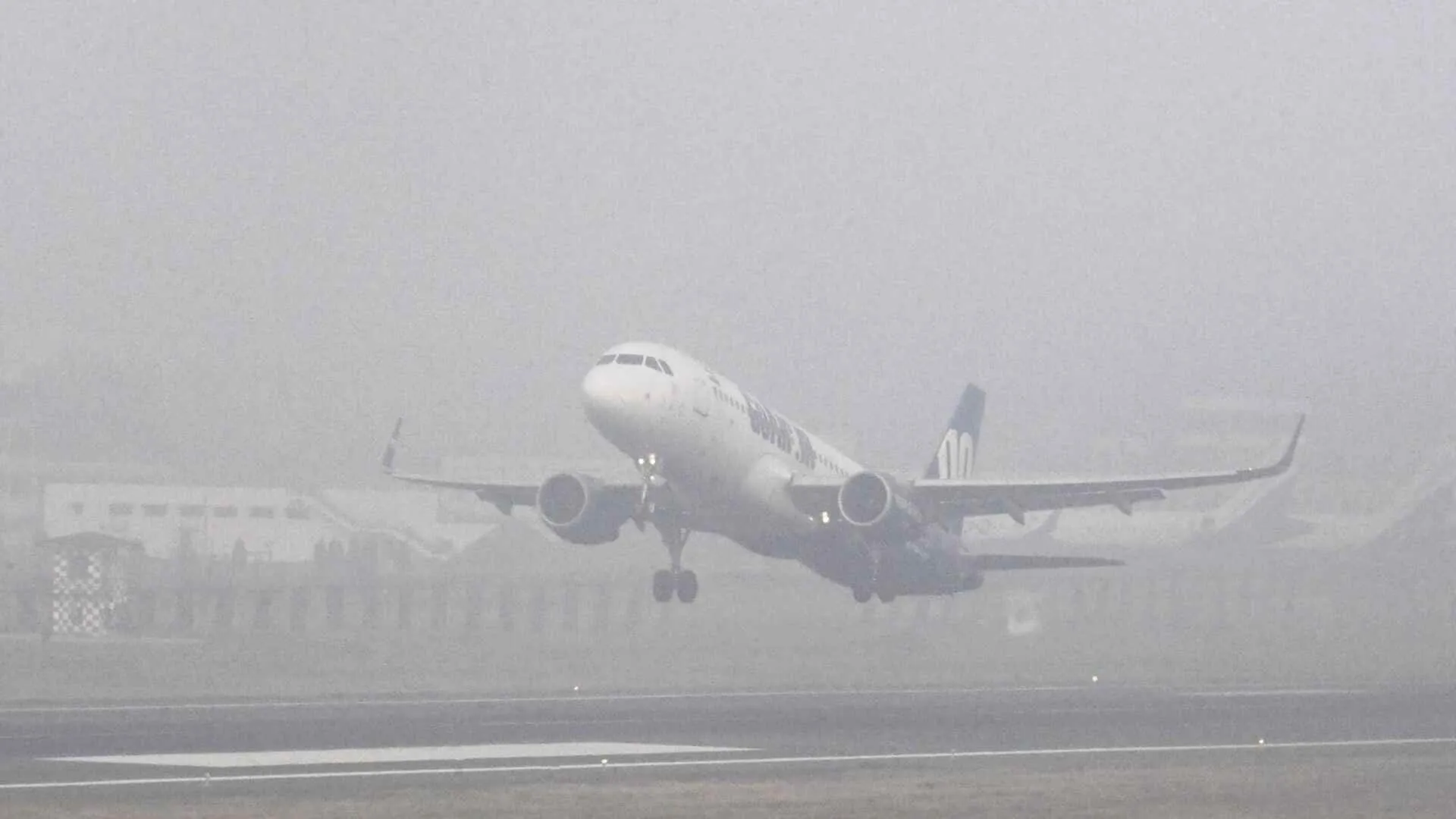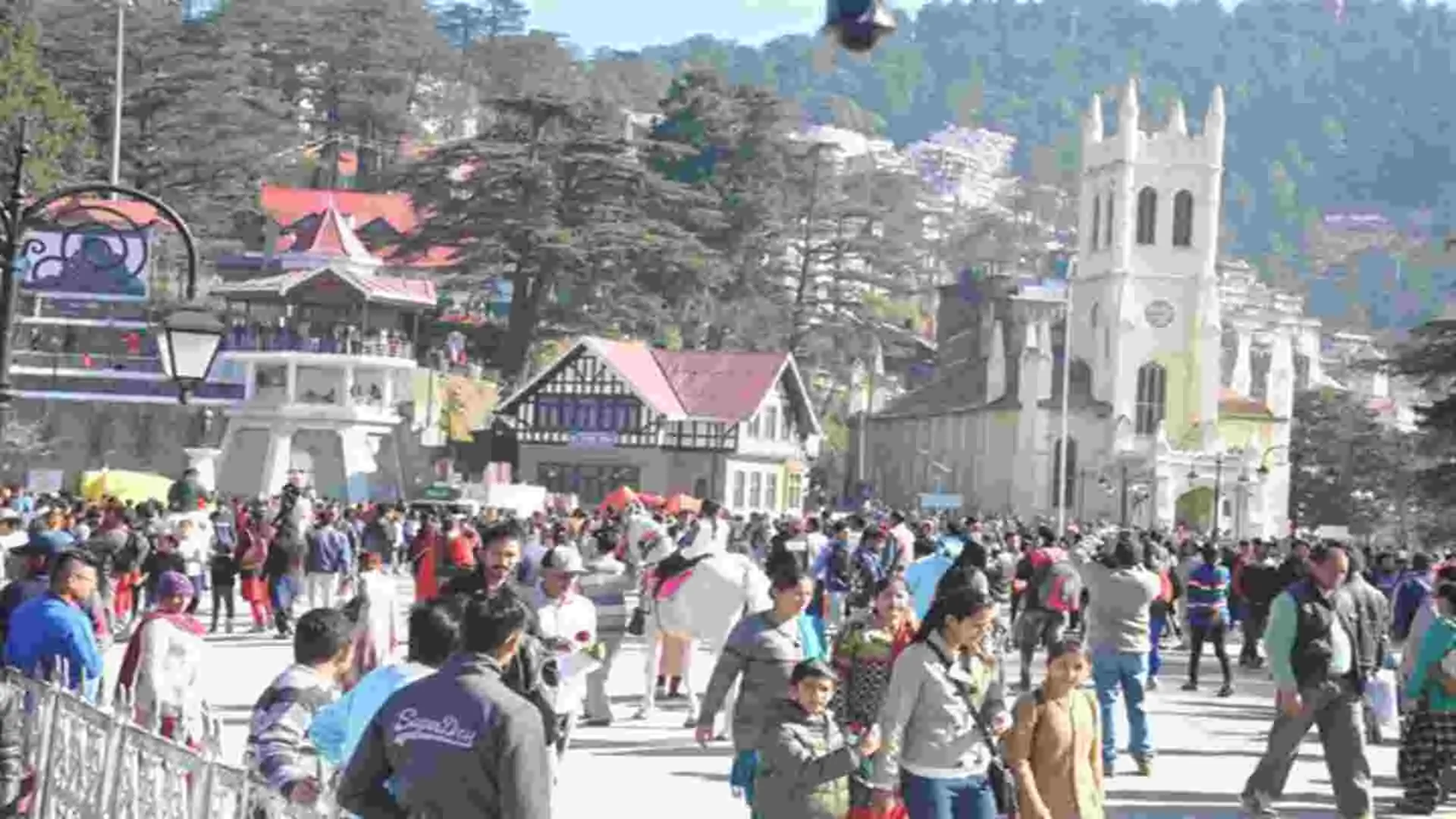Considering the geopolitical scenario of West Bengal, I have always felt that health, education, social security and empowerment are the needs of the hour for every woman in the state. The state shares international borders with Bangladesh and Nepal. It is well-connected with other states as well. Also, West Bengal shares a vulnerable water body across it. This entire gamut of understanding is aimed to highlight the biggest problem that women face across this region — human trade. Between 2010 and 2016, West Bengal accounted for 25% of India’s trafficking cases. In 2016 alone, the state recorded a whopping 44% share, with the most number of children trafficked –3,113, according to the 2016 NCRB data — followed by Rajasthan (2,519 children), Uttar Pradesh (832) and Gujarat (485). If we go deeper into the study of human trafficking in West Bengal, we would find that in terms of territorial movement, trafficking is done mostly via two ways: One is through the international borders and the other is through the domestic state borders.
According to the NCRB data based on statements of rescued victims and accused, forced labour is the primary purpose of human trafficking in India, accounting for 45% of cases, followed by sexual exploitation or prostitution with 22% cases. Several villages across West Bengal have brokers who offer financial aid to extremely financially backward families and purchase kids of 6-13 years of age and sell them off. If we go into proportional studies, we would see that these trafficked humans are mostly women and young girls. Once trafficked, these girls and women are pushed into a vicious cycle of sexual exploitation for the rest of their lives.
Whenever the issue of sex trafficking pops up, the picture formed in my mind is shattering — hopes crushed, lives trapped in the claws of slavery, and the inaudible screams of helplessness. What disturbs me more is the question about why the West Bengal government home department has failed to control sex trade. Is this apathy due to the fact that there is some kind of an understanding that prevails between these human traffickers and government officials, or is the state government incapable of handling this malaise?
Since sex rackets are the most visible format of this barbaric industry, we often feel disturbed with its ongoing volume. But it is also true that if we divide this sex racket, we know that there are mega to big to middle and small scale red-light areas spread across West Bengal. This has unfortunately shaped up into a sort of cottage industry, which is culturally and socially unacceptable. Moreover, these centres of exploitation continue to generate ‘demand’ which will make more girls and women vulnerable to trafficking. Unless we address this challenge, more and more women and girls will be trafficked and trapped in the sex trade.
Covid-19 has been a major disruption. It has affected lives and also made many new women and girls vulnerable to trafficking. It’s only logical to believe that trafficking will increase post pandemic. Further, Covid-19 has also worsened the situation of the victims of trafficking trapped in the sex trade with no source of income.
Since most of them were trafficked at a very young age and trapped in this profession, it is essential to create an opportunity for them to switch their profession and opt out of the sex trade, if they want to. Not only this, every woman working in red-light areas should also have their right to education. An alternative education base needs to be developed for them and we have to come up with comprehensive policies to support such initiatives. Although, ideally, as a woman, I would be the happiest to embrace the day when all the brothels of the world shall be closed and no woman would ever be forced to get into the sex trade. But till such a time, an alternative respectable labourship proposition should be generated to support the lives of these women.
The government should start alternative skill development programmes in sectors like nursing, beautician courses, textile, food processing and the like, under the Pradhan Mantri Kaushal Vikas Yojna (PMKVY), at every known red-light zone, with the intention to generate an alternative proposition of empowerment for these women. We need to generate free education options for the children of these victims of trafficking. Free healthcare cards, free rationing system and other similar systematic support should be given until they can support and sustain themselves on their own.
Doing so will not only help them see the light of the plausible alternative world but also open up a route for them to create a world of their own.
The author is president of BJP Mahila Morcha, West Bengal. The views expressed are personal.









